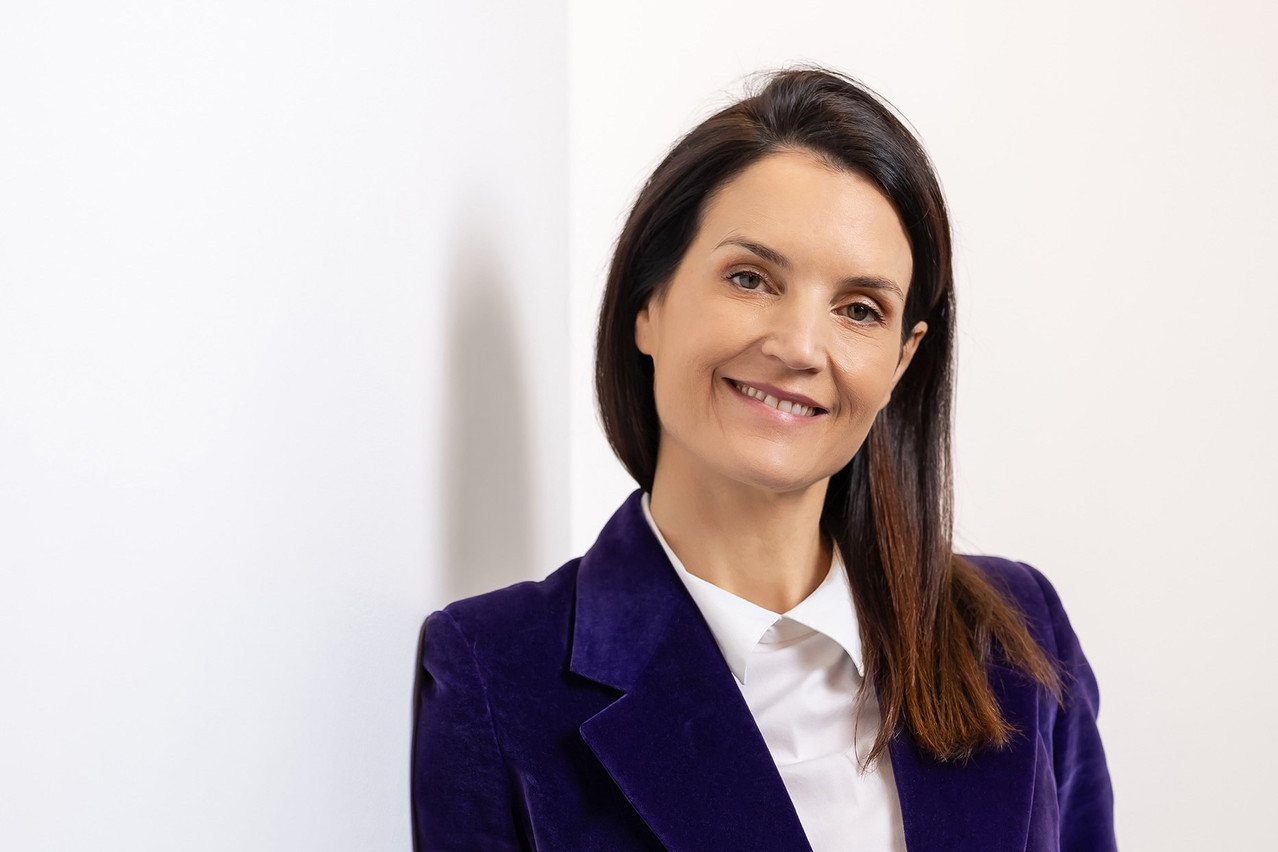As the private equity world has grown--with assets under management almost quadrupling over the last decade--the debate for businesses over the best ‘exit route’ has intensified.
Protected from the intense scrutiny of public life and focused on long-term value creation tied to company fundamentals, more companies are choosing to remain private for longer.
To sell or not to sell?
Naturally, the decision over if and when to exit hinges on a myriad of factors. And this debate has deepened in recent years especially as the private equity exit landscape has proved more challenging.
We’ve had choppy (albeit positive over the long-run) public markets, a softer IPO environment, slower M&A activity driven by relatively higher interest rates, and a higher cost of debt for leveraged buyouts.
Private equity managers (GPs) are no stranger to this (multi)million-dollar question. A poorly managed exit could cost them their reputation, or God-forbid, their carried interest! And private equity fund investors (LPs) typically want to know how and when an investment will be exited, especially when the self-imposed, industry standard five-year holding period mark is reached.
The problem is, despite this reverence to the fabled magic ‘ideal hold period’, the ‘right time’ to exit the company could be years away. GPs should not have to choose to exit a company in haste, even if a private equity fund’s term is approaching. Nevertheless, the legitimate time constraints and liquidity preferences of LPs leave GPs in a bit of fiddle.
In the past, caught in this predicament, a fund manager might have felt compelled to exit even if the timing and means were sub-optimal, so as to satisfy its investors and adhere to fund terms. And in doing so potentially leave some money on the table.
An old solution to a new(ish) problem
Fortunately, there is another solution: the private equity secondary market.
This is a bit of a no-brainer. Secondary markets exist for almost every tradable good you can think of: cars, phones, houses, planes--you name it. And of course, a deep, highly sophisticated secondary market exists for publicly listed companies. It means greater liquidity and superior flexibility.
When it comes to secondary transactions, a fair price can often be agreed upon between counterparties based on differing priorities and preferences such as liquidity, strategic allocations or exposures, or simply, the desire to crystallise a gain and de-risk.
Read also
In the private equity context, confidence in the pricing methodology, more flexible structuring and assurance following numerous successful deals have finally opened the door to a flourishing secondary market. Secondary players have also become more sophisticated, incorporating structuring such as leverage, deferring payments or purchasing at discounts.
The GP is satisfied with the deal, as the reason for trading is typically not the (perceived) inferiority of the asset, plus they’ve managed to respect their former LP’s wishes and welcome a new LP. The transaction also sometimes entails a primary commitment in the GP’s subsequent fund (staple), supporting fundraising efforts.
All this in addition to solving the original conundrum of a premature exit. Not to mention the well-known benefits for LPs like diversification, attractive discounted entry points, higher portfolio visibility and minimising the dreaded private equity J-curve effect. It seems like a win-win-win.
Just the beginning
This mutually beneficial arrangement has boosted trust in the secondaries market. But we’re just at the beginning.
Having grown at a solid pace of circa 16% annually in the decade up to 2023, secondary transactions reached a record volume of circa $70bn globally in H1 2024. Secondaries seem to finally be grabbing attention and moving into the mainstream. But they still account for just 1% of private equity primaries’ assets under management.
As more investors grow to recognise the integral role of a healthy secondary market to the long-term success of the asset class, and the benefits for all parties (not least the portfolio companies that will be exited at a more suitable time) the market should swell considerably.
Today, it’s still fair to call secondaries the ‘unsung heroes’ of private equity but not for much longer. It seems like secondaries are a compelling answer to one of the biggest (and most expensive) questions in private equity.
Maxime Carmignac, CEO of Carmignac UK, an asset management firm with €41.7bn in assets under management
